Oh, baby! Tiny little plant starts.
Please look away from the “plastic-fantastic” shelves that are this year’s seed starting station. We did so want the lovely metal baker’s shelves but such things are not so easy to come by out here on the Island and the big shopping-smoke is rather far away (sigh… maybe next year).
Three banks of lights hold six flats at a time and hopefully April will be warm enough for this batch to move out to the transplant greenhouse to make room for the warm season seedlings. We always use an east or south window in addition to the added artificial lights. This combination results in strong seedlings that harden off fast because they have had adequate light and they have also already been exposed to real sunshine. On very sunny days the lights are not needed in the middle of the day and this saves a little on our electricity use. Every little bit helps.
Six trays contain seventy-two seedlings each and these are the first of four indoor plantings in the baby crop rotation. Phewf! The peppers, hot chilies and eggplants will be next. Very much looking forward to all the different hot chilies we have planned: Red Habaneros, Scotch Bonnets, Jalapenos, Cayennes and several kinds of Thai Chilies. Big heat! Oh yeah!
Hot weather seedlings such as peppers, tomatoes and eggplants are started on top of our frugal warming system. This consists of a foam cooler heated with bottles of hot water. We set the trays on the cooler and fill the bottles twice a day and with this system we have almost 100% germination without the use of expensive heat-mats (old house – we don’t have enough outlets for fancy heat-mats even if we could afford them). In mid-April we will add all the different tomato varieties to the warmer (only ten types this year, I think) and then start the main season cole crops.
Then in mid and late summer we start all over again with more brassicas, leeks and also the fall salad crops (and maybe some overwintering onions this year). Starting transplants instead of direct seeding is more work initially, but it lets us use a much smaller garden space to get three or even four crops per season. It also saves on seed as there is much less thinning and thus less wasted seed (seed is soooo not cheap anymore… that’s for sure). Many baby plants will stay small and be kept safe in seedling flats away from damaging insects and out of the harsh Spring weather. It is also much easier to push a pencil-dibber into a cell-pack to cultivate slow growing seedlings than it is to plow up a whole new field that must then be kept watered and free of weeds.
Oh! but just look at the lovely little green babies that we get to watch over while the outside world is still pretty sure that ice is the very best thing ever. So many onions this year. Onion seed does not keep very well so we went ahead and sowed all the seed that we ordered for this season… may have been teensy-tinsy bit of overkill. It’s gonna be a bumper crop if all these little alliums do well. Oh my!
Teensy kale babies. So hard to imagine that these will become the massive monster plants that we cut for dozens of bundles of market bound greens!
The air that was poured from the celery seed packet has miraculously turned into these itty-bitty celery babies. Wild!
Starting from indoor sown seeds is satisfying work and it is so nice to get to have the wild and crazy varieties that can be sourced from around the world. We have a packet of “Wild Bunch” squashes from Veseys Seeds that I cannot wait to see. All the fantastic shapes and the wonderful colours, this is the Big Fun!
Love the lovely garden!
11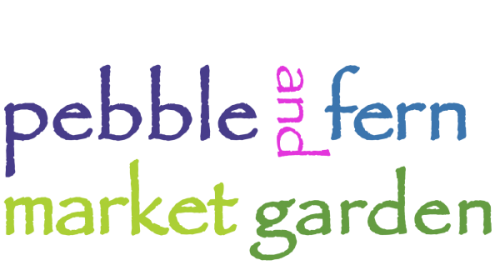
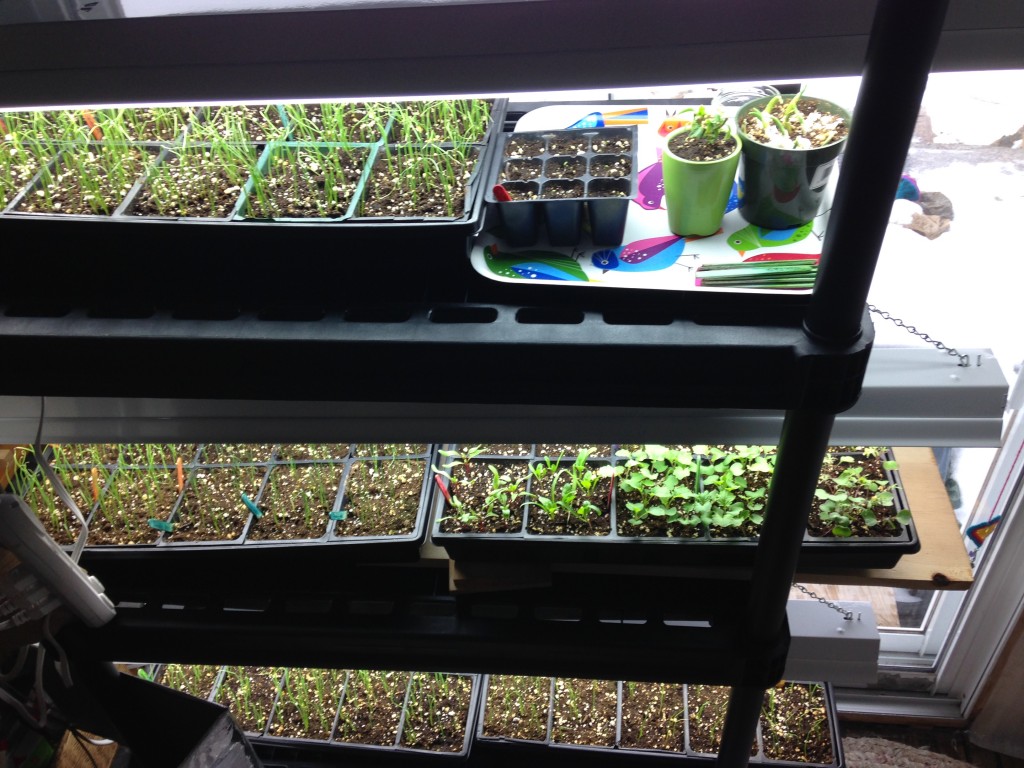
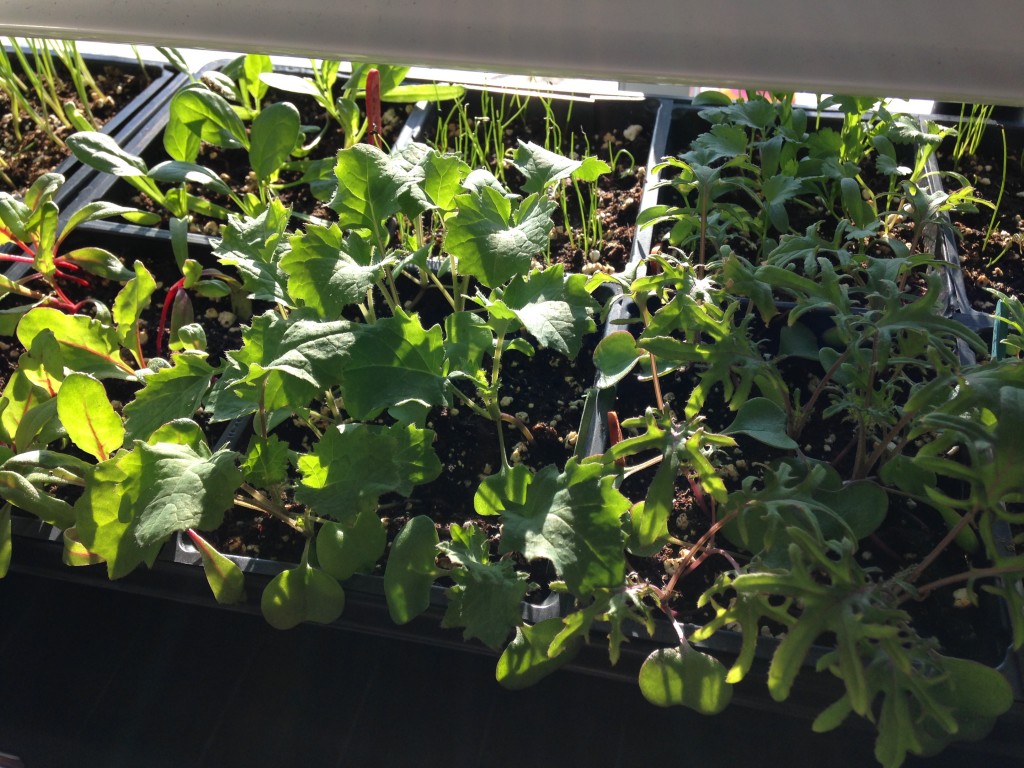
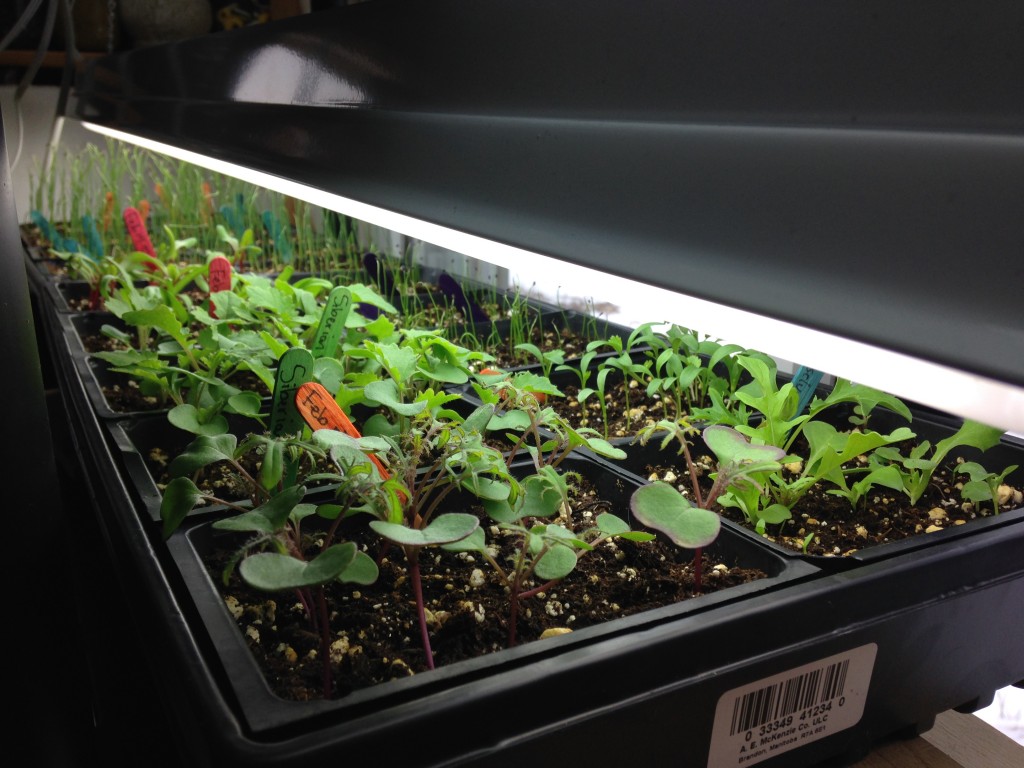
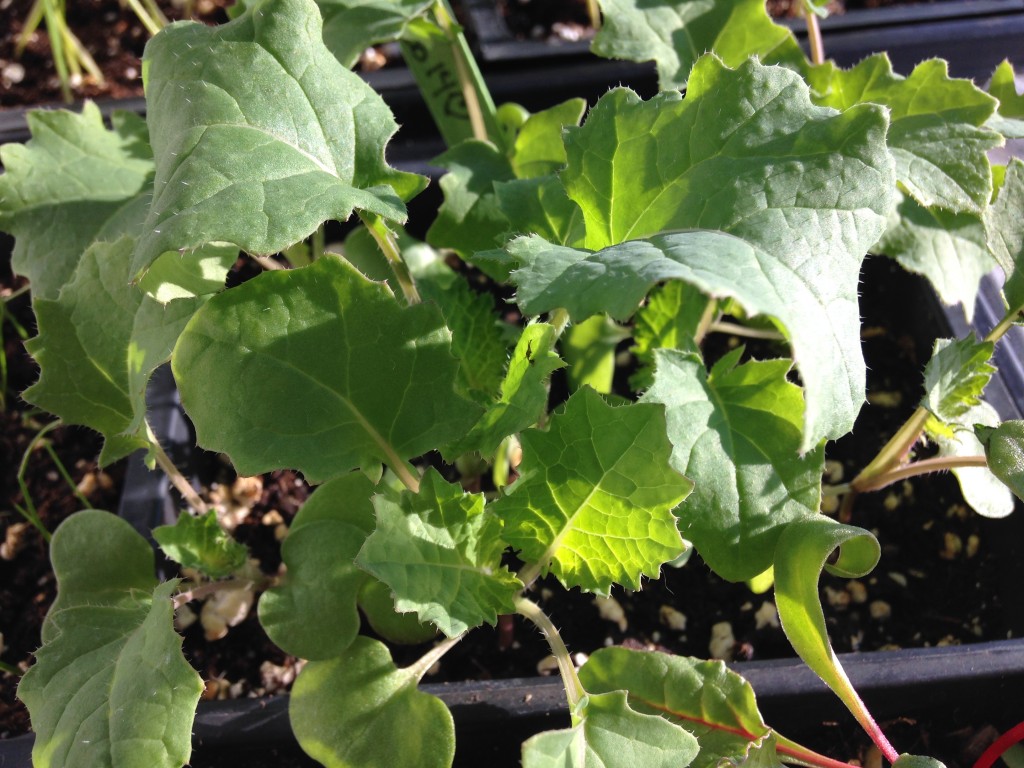
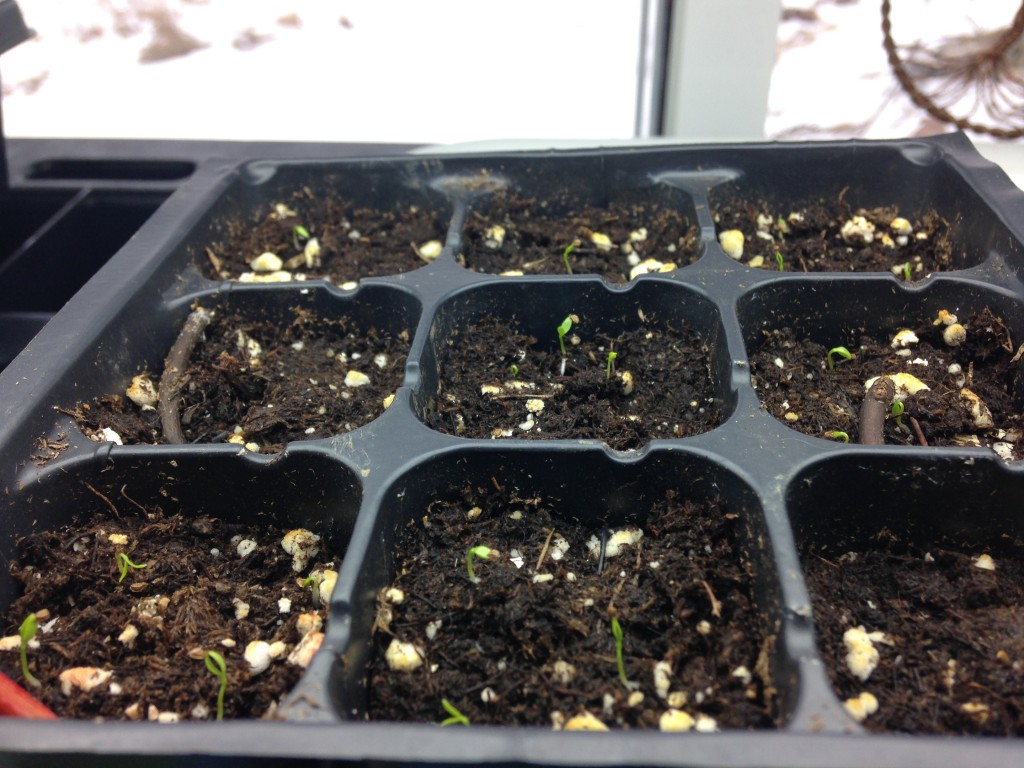
0 Responses
Gina cloud
Will you be selling any surplus transplants?
The Gardener
Yes! We do plan to hold a plant sale in the Spring. We will have lots of varieties of heirloom tomatoes, eggplants, quite a few different kinds of chilies and peppers as well as a variety of brassica starts (including some gorgeous purple and orange cauliflowers).